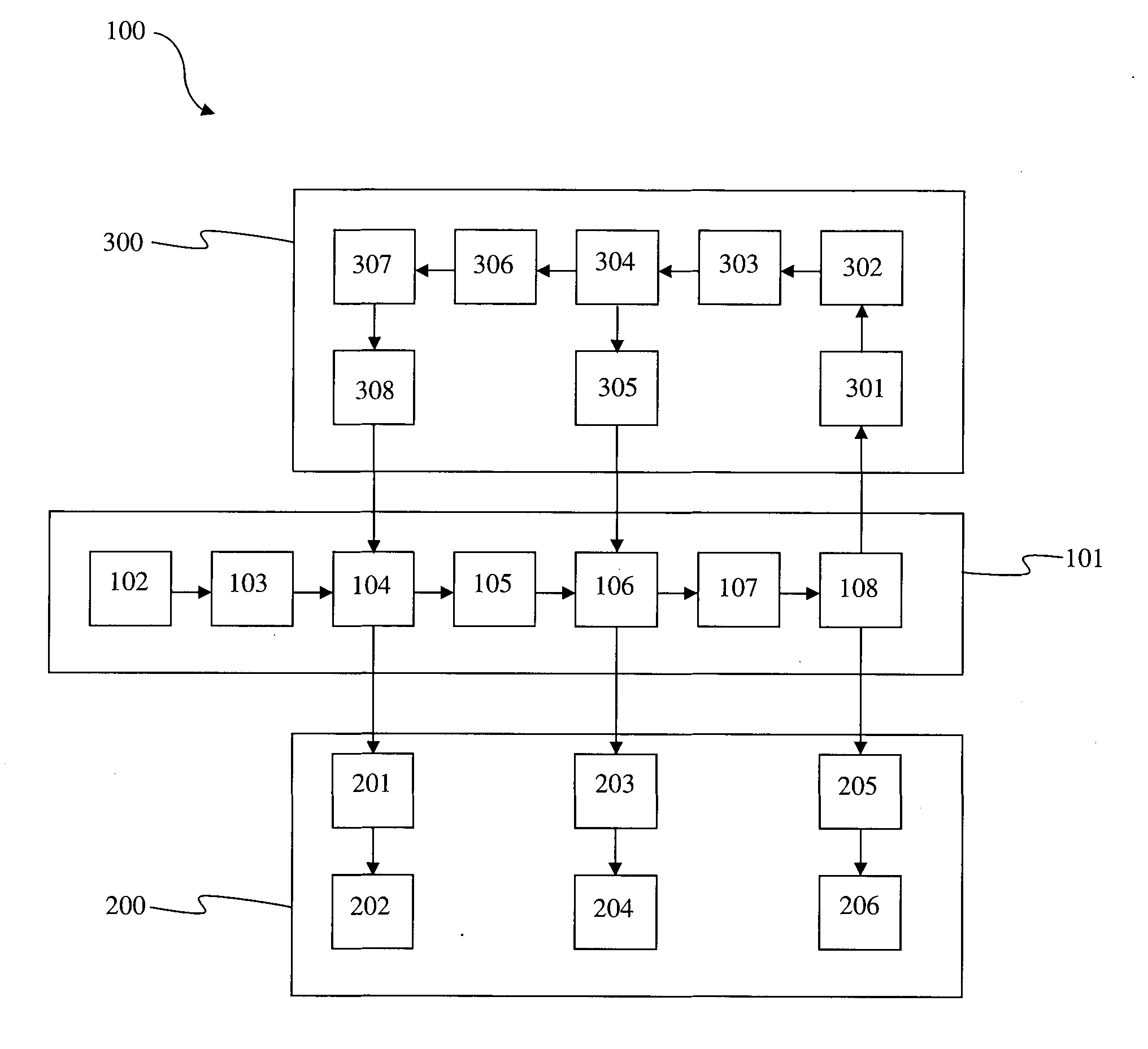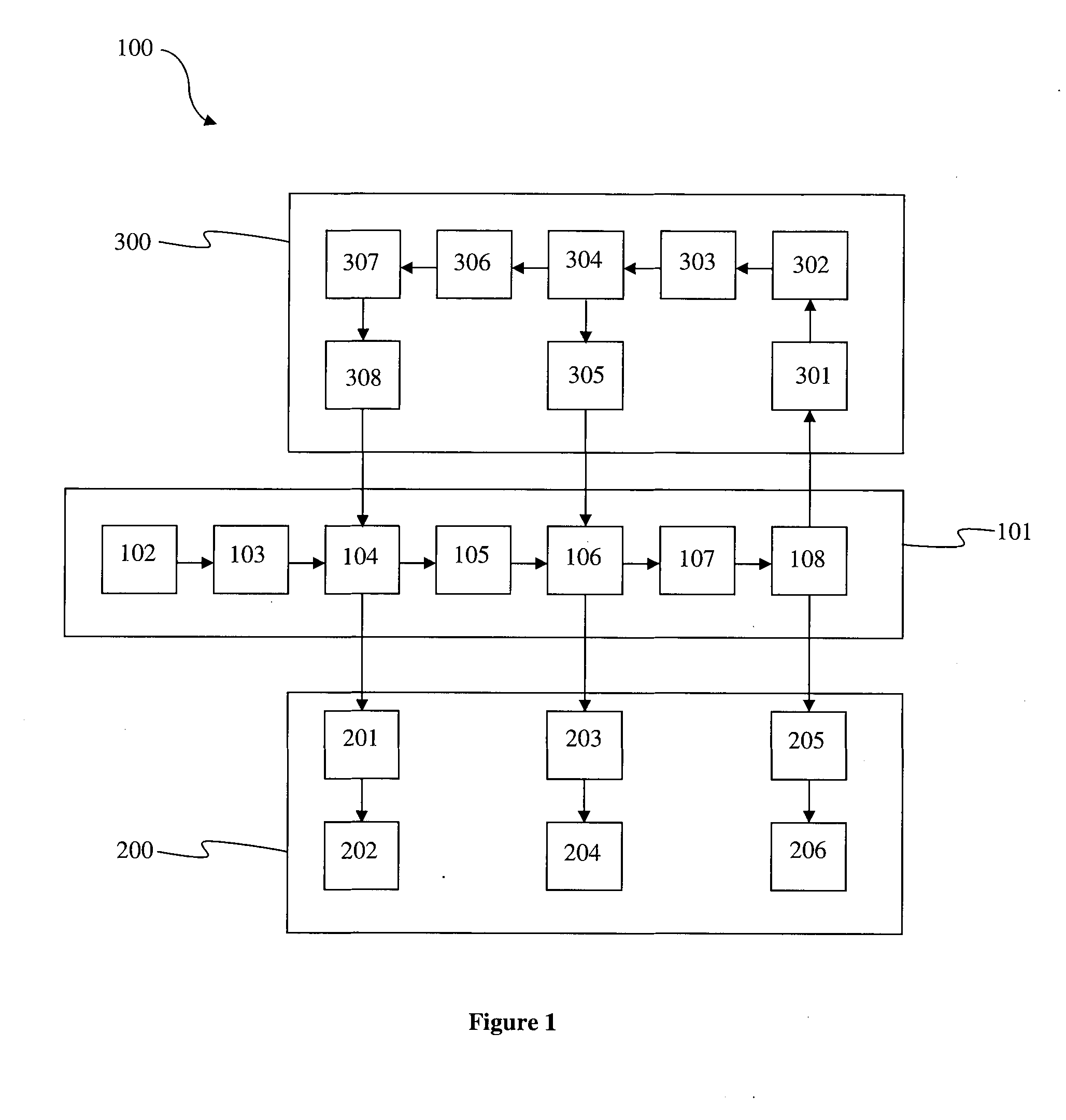Method for pseudo-recurrent processing of data using a feedforward neural network architecture
a neural network and pseudo-recurrent processing technology, applied in the field of implementing a recurrent neural network algorithm, can solve the problems of inability to classify incomplete data, and inability to train rnns. , to achieve the effect of improving the accuracy of rnns
- Summary
- Abstract
- Description
- Claims
- Application Information
AI Technical Summary
Benefits of technology
Problems solved by technology
Method used
Image
Examples
Embodiment Construction
[0010]Recent work on feedforward networks has proven the importance of dense sampling and number of the hidden layer units. The question is how a successful feedforward network can be transformed into a computationally not so intense pseudo-recurrent one, with occlusion / incomplete data handling capability. In the disclosed method, Coates et al.'s network is adopted and modified to fill-in incomplete (occluded) visual representations (hidden layer activities). The nonlinear dynamical equations to construct the attractors in the high dimensional space are replaced with linear distance comparators. And costly sampling operations such as MCMC are replaced with averaging and binary decision operations. In Hopfield networks and Boltzmann machines, “hidden memories” are interpretations of the sensory input, and they are formed by iterative energy minimization procedures. In our algorithm, hidden memories are formed using K-means clustering and linear filtering.
[0011]In a recurrent network,...
PUM
 Login to View More
Login to View More Abstract
Description
Claims
Application Information
 Login to View More
Login to View More - R&D
- Intellectual Property
- Life Sciences
- Materials
- Tech Scout
- Unparalleled Data Quality
- Higher Quality Content
- 60% Fewer Hallucinations
Browse by: Latest US Patents, China's latest patents, Technical Efficacy Thesaurus, Application Domain, Technology Topic, Popular Technical Reports.
© 2025 PatSnap. All rights reserved.Legal|Privacy policy|Modern Slavery Act Transparency Statement|Sitemap|About US| Contact US: help@patsnap.com



